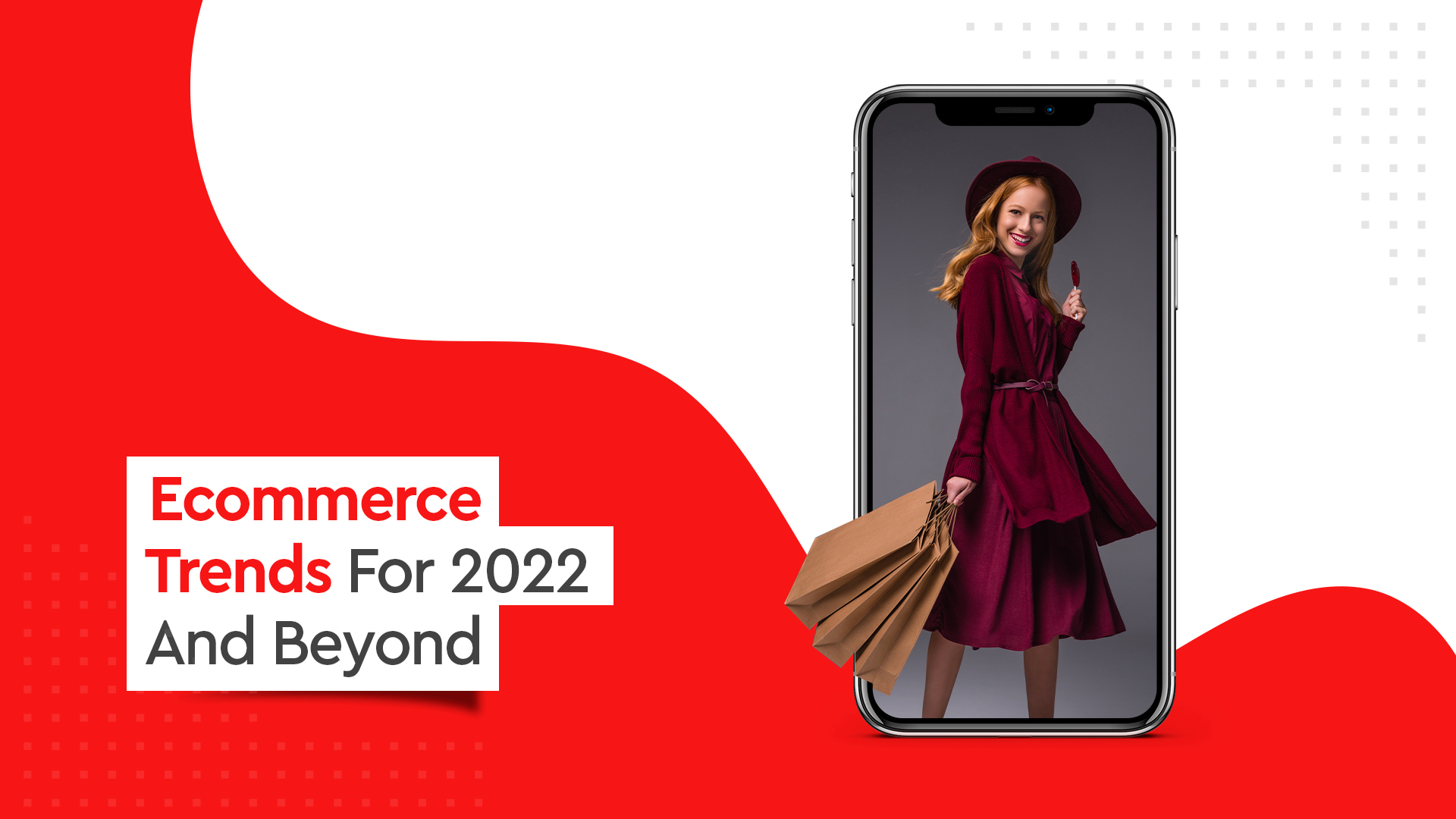The line between B2C and B2B marketing is gradually becoming obscured. This shift is happening, in part, because more brands serve both consumers and businesses. For example – a B2C luxury bed sheet could also land a contract with a national hotel chain. Even the companies situated squarely on one end of the B2C–B2B spectrum is fated to lose out if they fail to learn from the other side.
The Shift
What’s the key reason to stop analyzing B2C and B2B strategies? Today, most businesses are marketing to millennials, as they have started moving up professionally into management positions. As baby boomers retire, they are stepping into decision-making roles with spending authority, and B2B companies need to adapt their marketing plans accordingly.
Here are the top three key strategies to help B2B and B2C companies navigate alike to this new reality:
No Personal–Professional Dissect
A key focus of B2B marketing used to be that it had to be more logic-driven and focused on ROI at the earliest phases of the customer journey. B2C marketing, on the other hand, was supposed to appeal more to humans and emotions upfront. However, new B2B buyers don’t differentiate between the personal and the professional like those in the past. According to a Deloitte study, millennials are “transforming the status quo by seeking purpose in organizations they serve without sacrificing the flexibility to be who they are at work.” Today’s leaders build a corporate culture around personal passion and social purpose.
With personal and professional identity more aligned than ever, B2Bs can absorb from B2C marketing — building brand awareness around mission and social responsibility to draw prospects in, then focusing on ROI at research and consideration phases.
Test Experiential Marketing
B2B companies have invested more in traditional experiential marketing, like tradeshows and conferences in the past, but modern experiential marketing doesn’t have to be multimillion-dollar pop-ups. New experiential ways are available even to small-to-mid-sized B2B and B2C brands.
The secret here lies in your readiness to learn from D2C companies. The paint startup Backdrop has enhanced consumer’s experience of painting their home. Their brand experience augments to curated Spotify playlists — perfect for painting and released regularly on Instagram.
Linear advertising and PR marketing aren’t sufficient for B2C companies any longer. By testing capital-efficient experiential marketing strategies like branded playlists, then reckoning how the community responds, companies can make informed decisions to go bigger with experiential marketing.

Use MarTech
The biggest mistake businesses can make in adopting a new marketing method lies in the failure to lay a footing for measuring success. Here’s where the marketing technology stack comes in. Tools for website tracking, marketing automation, CRM, and more help in:
(1) making operations more efficient, boosting sales, and enhancing the customer experience
(2) empowering leadership to assess where to make further investment
Let’s take a quick look at recent literature from some reputable research-intensive organizations and understand how and why the B2B buyer’s journey may be changing.
Forrester
Forrester published “How to Make B2B Marketing Content More Like B2C,” which asserts that “the walls between B2B and B2C have come crumbling down” and that B2B marketers should portray themselves more in the B2C format.
Forbes
Forbes cites the article “How B2B and B2C Marketing Are Converging Today,” which discusses how, after decades of separated strategies for B2B and B2C markets, audience behaviors and marketing strategies to reach potential buyers are starting to mirror one another.
Now marketers are pitching their products and services to a growing proportion of younger buyers, also known as digital natives, whose buying habits at work mirror their consumer habits at home, further clouding the lines between B2C and B2B purchasing behavior. For sellers, traditional strategies to capture leads and push them down-funnel are facing reduced returns as channels saturate, buyer behaviors evolve, and personalization becomes the standard.
With a new generation making most buying decisions at work and home, the past separation between B2B and B2C no longer exists. Small and medium-sized B2B businesses that don’t keep pace with the digital transformation will be left behind, and established consumer brands can lose ground to D2C brands using innovative practices. Owners and CEOs need to acknowledge that this new reality is here to stay, and they need to look beyond their businesses to their customers and competition to remain relevant.




